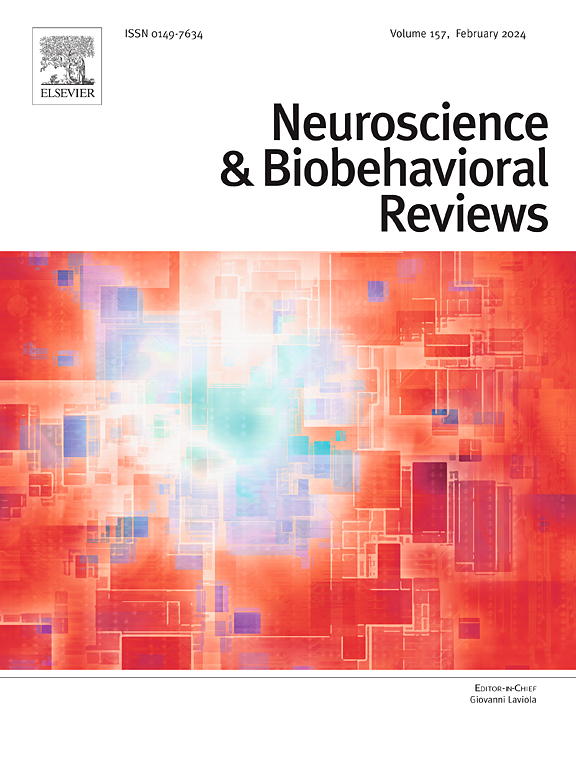Neuroplasticity and psychedelics: A comprehensive examination of classic and non-classic compounds in pre and clinical models
IF 7.5
1区 医学
Q1 BEHAVIORAL SCIENCES
引用次数: 0
Abstract
Neuroplasticity, the ability of the nervous system to adapt throughout an organism's lifespan, offers potential as both a biomarker and treatment target for neuropsychiatric conditions. Psychedelics, a burgeoning category of drugs, are increasingly prominent in psychiatric research, prompting inquiries into their mechanisms of action. Distinguishing themselves from traditional medications, psychedelics demonstrate rapid and enduring therapeutic effects after a single or few administrations, believed to stem from their neuroplasticity-enhancing properties. This review examines how classic psychedelics (e.g., LSD, psilocybin, N,N-DMT) and non-classic psychedelics (e.g., ketamine, MDMA) influence neuroplasticity. Drawing from preclinical and clinical studies, we explore the molecular, structural, and functional changes triggered by these agents. Animal studies suggest psychedelics induce heightened sensitivity of the nervous system to environmental stimuli (meta-plasticity), re-opening developmental windows for long-term structural changes (hyper-plasticity), with implications for mood and behavior. Translating these findings to humans faces challenges due to limitations in current imaging techniques. Nonetheless, promising new directions for human research are emerging, including the employment of novel positron-emission tomography (PET) radioligands, non-invasive brain stimulation methods, and multimodal approaches. By elucidating the interplay between psychedelics and neuroplasticity, this review informs the development of targeted interventions for neuropsychiatric disorders and advances understanding of psychedelics' therapeutic potential.
求助全文
约1分钟内获得全文
求助全文
来源期刊
CiteScore
14.20
自引率
3.70%
发文量
466
审稿时长
6 months
期刊介绍:
The official journal of the International Behavioral Neuroscience Society publishes original and significant review articles that explore the intersection between neuroscience and the study of psychological processes and behavior. The journal also welcomes articles that primarily focus on psychological processes and behavior, as long as they have relevance to one or more areas of neuroscience.

 求助内容:
求助内容: 应助结果提醒方式:
应助结果提醒方式:


